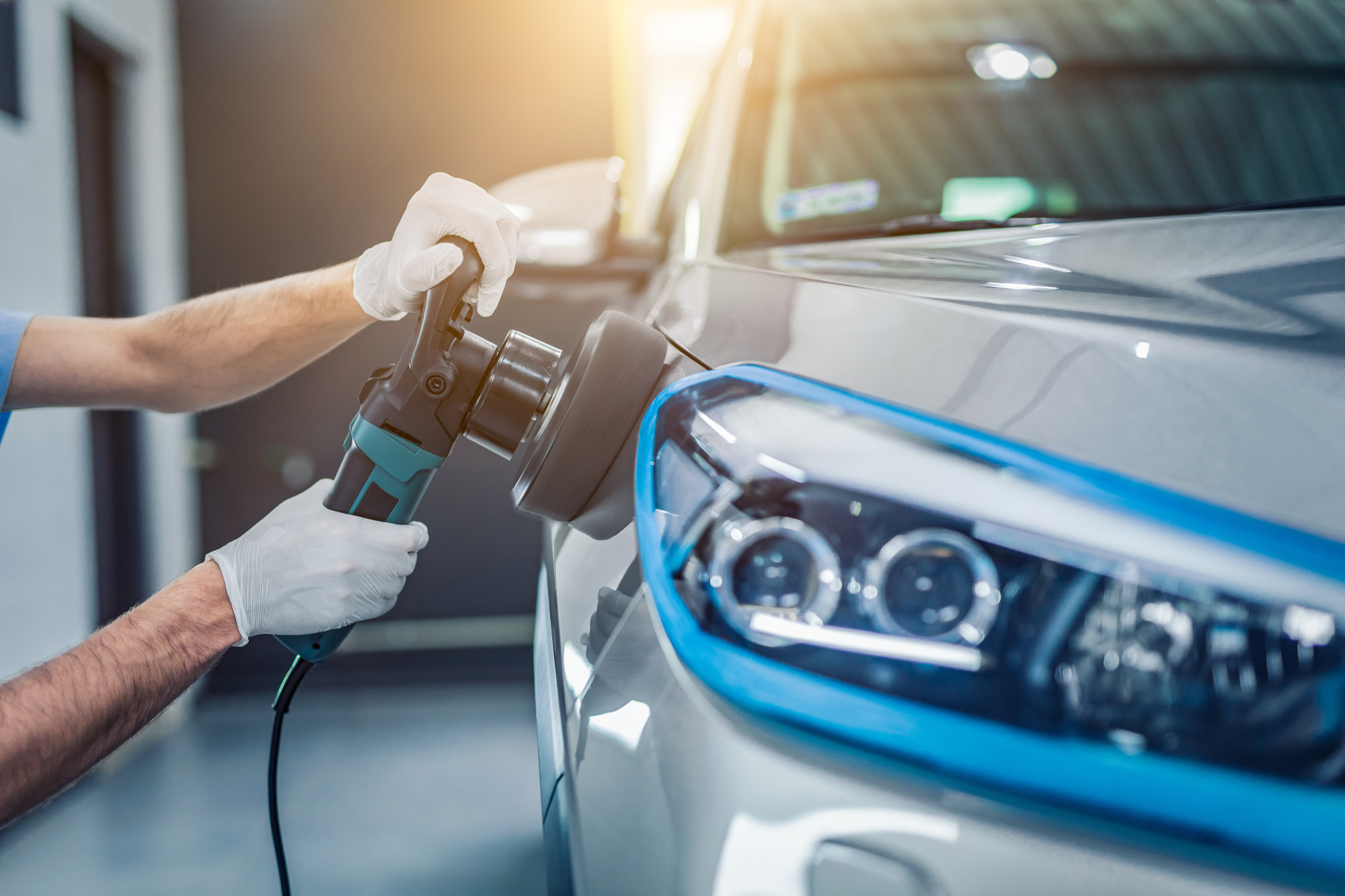
If you’re tired of your car’s color, the only option is to sell it, right?
Think again! Savvy car owners know that they can paint their car, giving it a completely new look. In 2020, white was the most popular car color, followed by black and grey, in case that gives you any inspiration.
However, painting a car is more complicated than simply picking out a color and applying it to the car. You first need to spend some time preparing your car, so that the paint will apply evenly and smoothly.
Before you start painting, keep reading to learn how to prep a car for paint.
First, Commit to Doing Everything Properly
If you’re going to invest the time and energy into painting your car, you want to do it properly! This requires some patience, but it will also deliver the best results.
Some car owners think it would be much easier to simply spray paint their car, or use spray paint to touch up any dings. However, don’t waste your time—spray paint doesn’t last long and the colors won’t be an exact match, which will look unprofessional.
Remove Rust
If your car is suffering from any rust damage, you want to deal with that issue first. It’s not uncommon for older cars to develop rust, especially if they’ve been exposed to water.
Using a sander, you can gently polish the car and remove the rust—just take your time so you don’t cause any additional damage. Then, using a finer grain, smooth the surface so it’ll be easier to paint.
Wear eye protection and a face mask when using a sander, as small particles are likely to fly everywhere and you want to protect your health.
Wash the Car
The first step in preparing for a paint job is washing your car. This will give you a clean, fresh starting point.
First, be sure to purchase car washing soap, rather than household detergent. Regular soap can strip car wax and increase oxidation, doing you more harm than good.
You’ll also want to use the two-bucket method for cleaning your car—one for soapy water and one for clean water. This will avoid contamination, because if you dip your sponge back into the dirty water and rub it on the car, you’re putting debris and dirt back on your vehicle.
A washing mitt designed to use on cars is a good idea as well, instead of kitchen towels or sponges, as they can be too abrasive to use on the delicate body of your car.
Dry Your Car to Avoid Water Spots
After a thorough wash, dry your car. Aim to physically dry the car yourself, instead of leaving it to dry in the sun, as air drying can cause water spotting.
If your home has hard water, which is common, air drying also means the minerals in the water could be left on the car’s surface, which could result in an uneven paint job. A microfiber towel works best for drying, as it’s fine, tiny fibers won’t scratch the car.
Remove Any Contamination With a Clay Bar
After washing and drying, the car should be very clean. On most days, it would be good enough, but for the day you want to paint your car, there are a few more steps to be taken.
This is because you’re going to apply paint throughout your car’s exterior, so any contamination left on the car is going to stay there and get accidentally painted on. This is bad for your vehicle but will also result in a bumpy, uneven paint job.
To avoid this, take the time to polish your car with the help of a clay bar. You can purchase them at any car shop.
Using some lubricant, like soapy water, run the clay bar over any areas on the car that feel lumpy—these lumps are probably caused by contamination bonded to the car’s surface.
Bird droppings, tar, and tree sap are particularly sticky problems that can be tough to remove from a car with soap and water alone, so the clay bar is great for this.
To avoid these problems in the future, consider installing paint protection film after you repaint your car. Car paint protection will protect your paint job, which is helpful for your car’s resale value.
Apply Painter’s Tape to Protect the Car
Once you’re sure all of the debris has been removed from the car, it’s time to prep it for paint. To do this, you need to protect the parts of the car that won’t be painted, using painter’s tape.
Apply tape to any part of the car you don’t want to paint, such as rubber, plastic, and chrome finishings
Use These Tips to Learn How to Prep a Car for Paint
If you’re a do-it-yourself type of person, you’re sure to love the fun and challenge of painting a car yourself. Using the tips above, you can learn how to prep a car for paint, ensuring it will look its best once the paint is applied.
Once you’re ready to apply the paint, wear protective clothing and try to work in a well-ventilated area, as the fumes can be strong.
Depending on your paint color, you’ll probably need to apply around 3-4 coats using your paint gun, with time to dry between each coat. Finish with a clear coat lacquer and then buff as needed—your car is now finished and looking better than ever!
Did you find this article helpful? If so, please read on to find out more.